محصولات ویژه
© کپی رایت 2025 | کلیه حقوق مادی و معنوی متعلق به بتنو می باشد
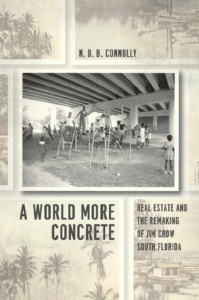
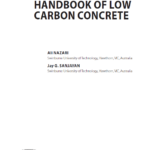 HANDBOOK OF LOW CARBON CONCRETE_ راهنمای بتن کم کربن
HANDBOOK OF LOW CARBON CONCRETE_ راهنمای بتن کم کربن
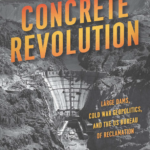 Concrete Revolution_انقلاب بتن
Concrete Revolution_انقلاب بتن
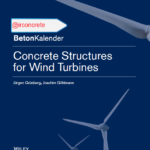 Concrete Structures for Wind Turbines_ سازه های بتنی برای توربین های بادی
Concrete Structures for Wind Turbines_ سازه های بتنی برای توربین های بادی
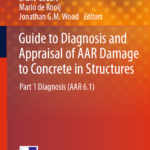 Guide to Diagnosis and Appraisal of AAR Damage to Concrete in Structures_راهنمای تشخیص وارزیابی AAR آسیب به بتن در سازه ها
Guide to Diagnosis and Appraisal of AAR Damage to Concrete in Structures_راهنمای تشخیص وارزیابی AAR آسیب به بتن در سازه ها
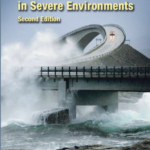 Durability Design of Concrete Structures in Severe Environments_ طراحی دوام سازه های بتنی در محیط های سخت
Durability Design of Concrete Structures in Severe Environments_ طراحی دوام سازه های بتنی در محیط های سخت
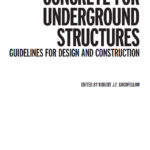 CONCRETE FOR UNDERGROUND STRUCTURES_بتن سازه های زیرزمینی
CONCRETE FOR UNDERGROUND STRUCTURES_بتن سازه های زیرزمینی
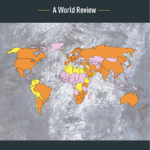 Alkali-Aggregate Reaction in Concrete: A World Review_کتاب واکنش قلیایی سنگدانه در بتن: یک مرور در اطلس جهان
Alkali-Aggregate Reaction in Concrete: A World Review_کتاب واکنش قلیایی سنگدانه در بتن: یک مرور در اطلس جهان
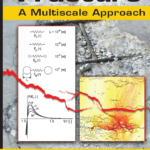 Concrete Fracture_ شکستگی بتن
Concrete Fracture_ شکستگی بتن
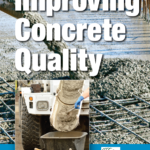 Improving Concrete Quality_بهبود کیفیت بتن
Improving Concrete Quality_بهبود کیفیت بتن
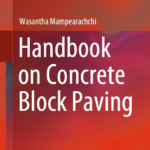 Handbook on Concrete Block Paving – کتاب کفپوش های بتنی
Handbook on Concrete Block Paving – کتاب کفپوش های بتنی
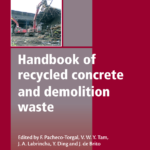 Handbook of recycled concrete and demolition waste_ کتاب راهنمای بتن بازیافتی و ضایعات تخریب
Handbook of recycled concrete and demolition waste_ کتاب راهنمای بتن بازیافتی و ضایعات تخریب
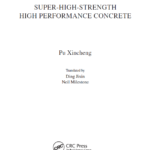 SUPER-HIGH-STRENGTH HIGH PERFORMANCE CONCRETE_ بتن با عملکرد فوق العاده بالا
SUPER-HIGH-STRENGTH HIGH PERFORMANCE CONCRETE_ بتن با عملکرد فوق العاده بالا